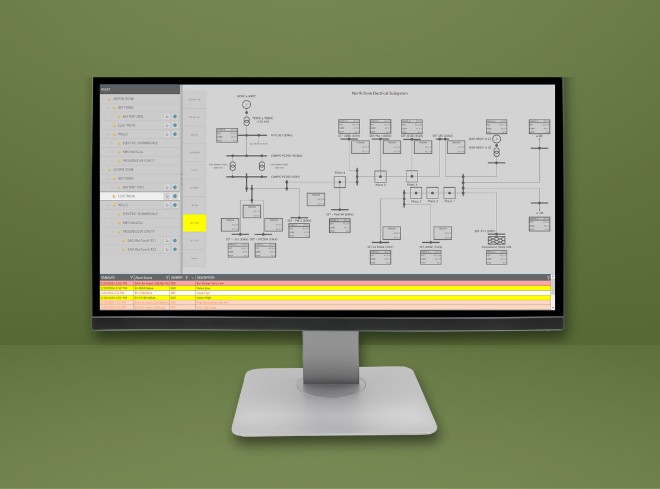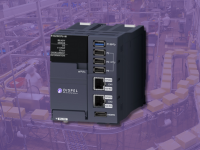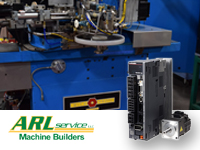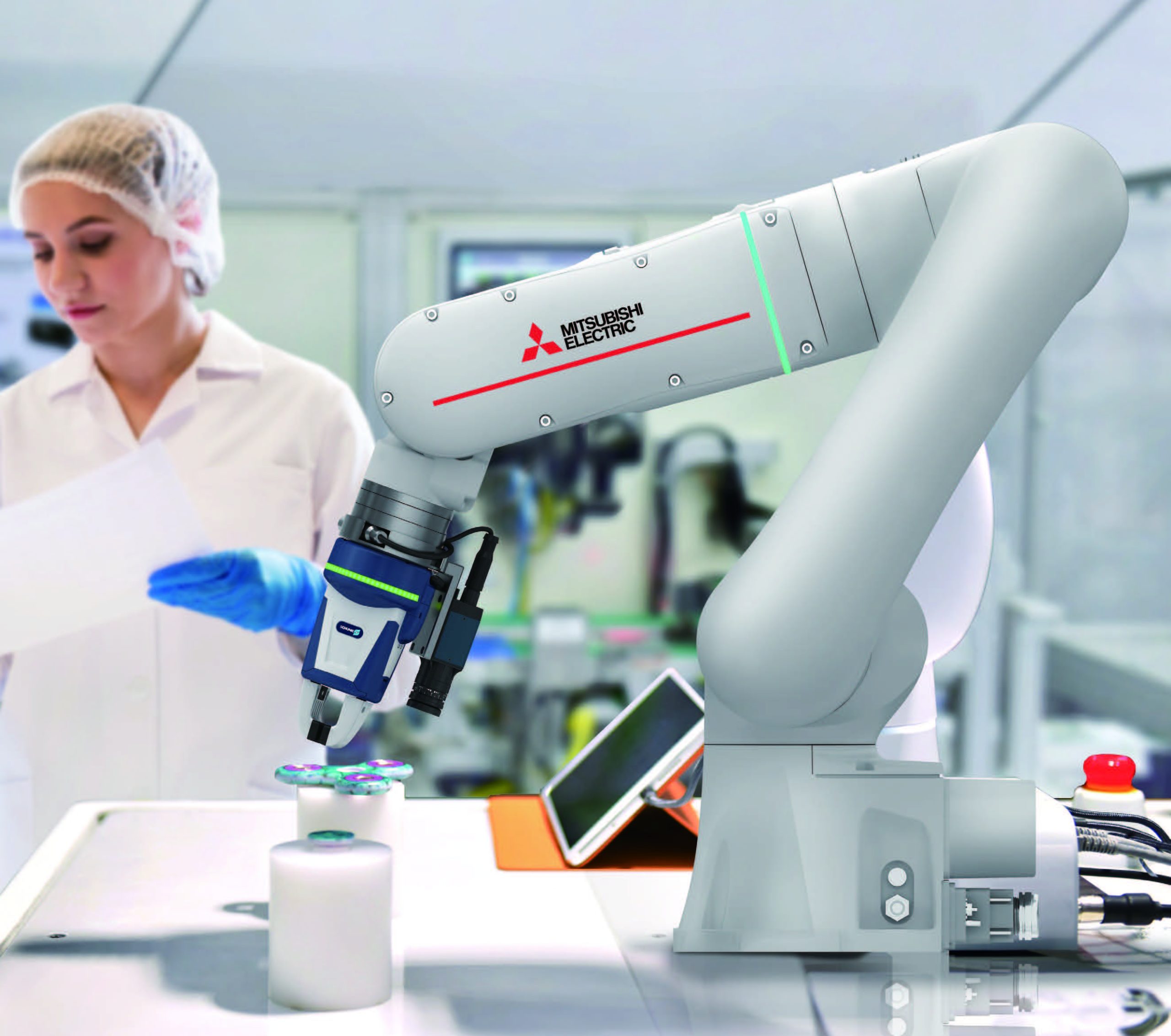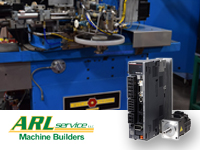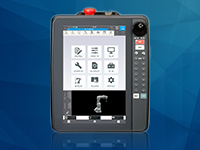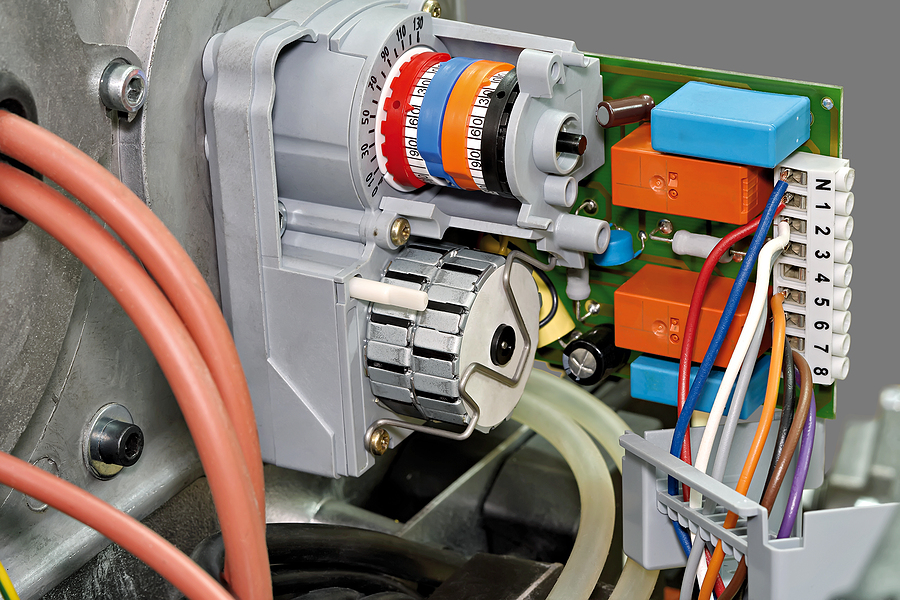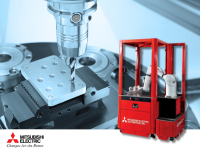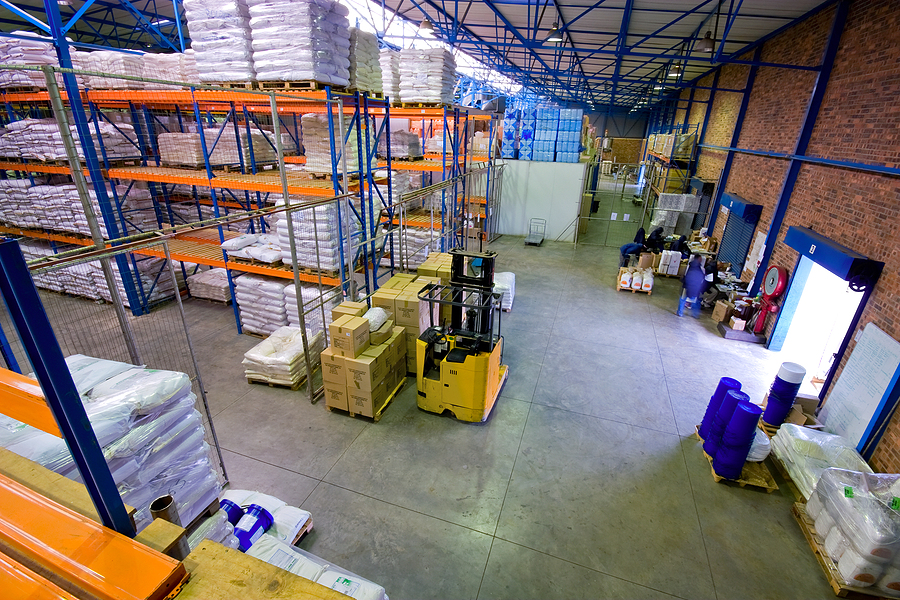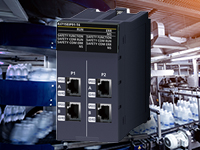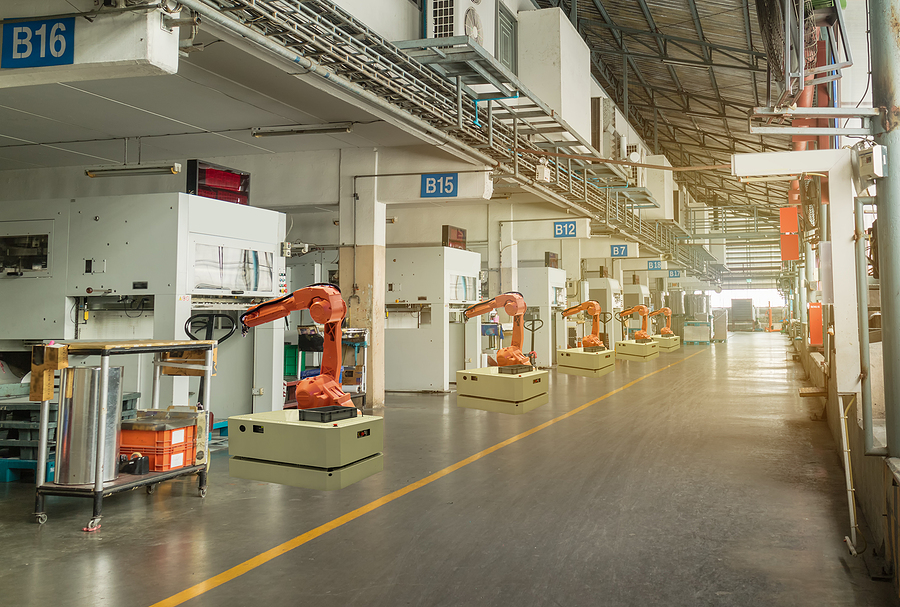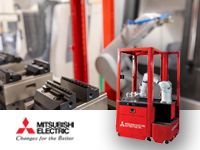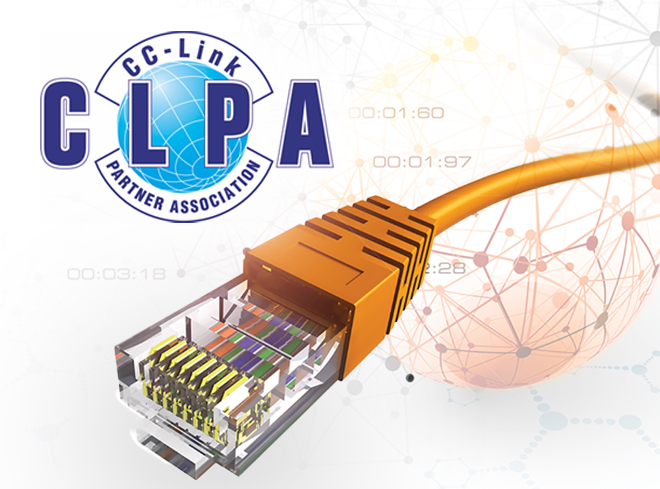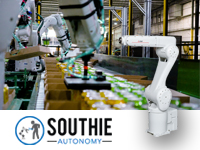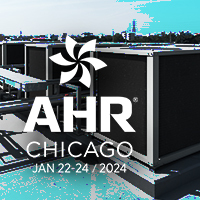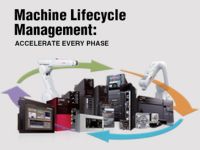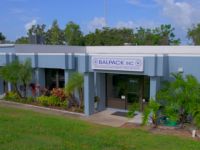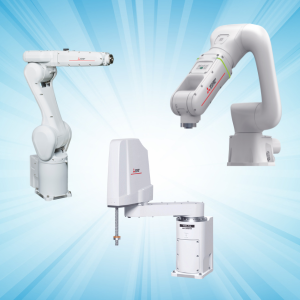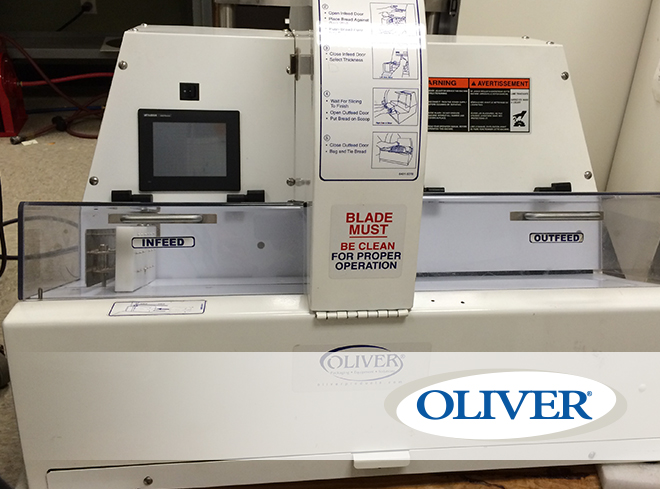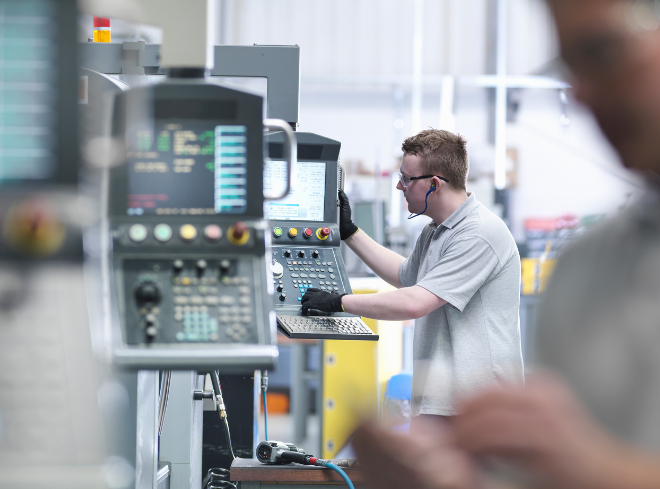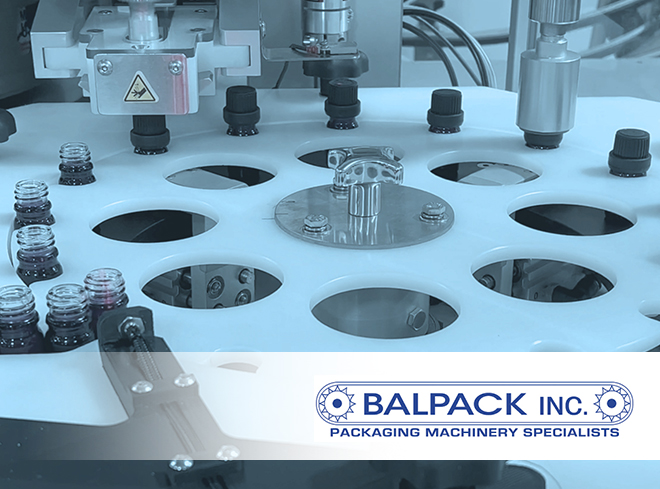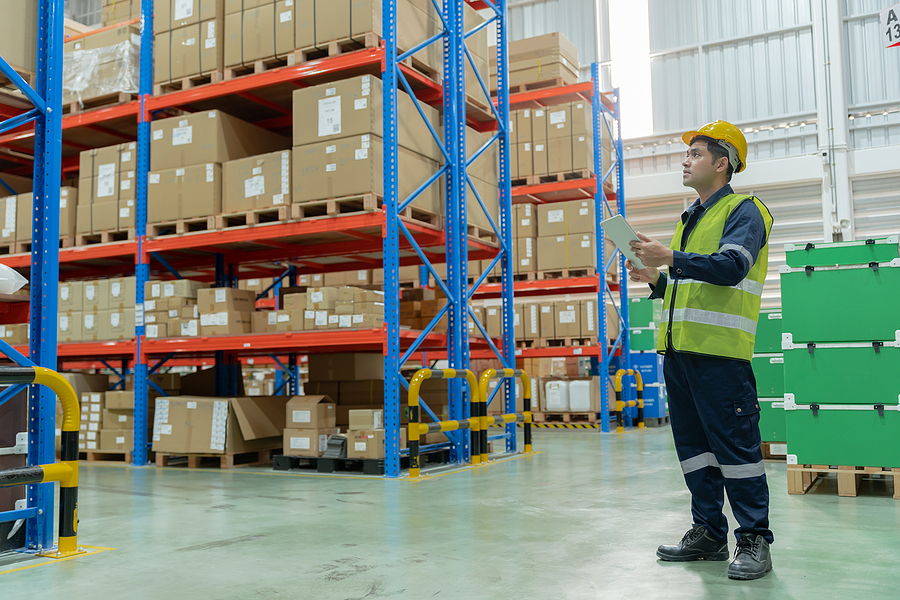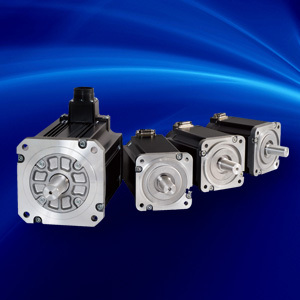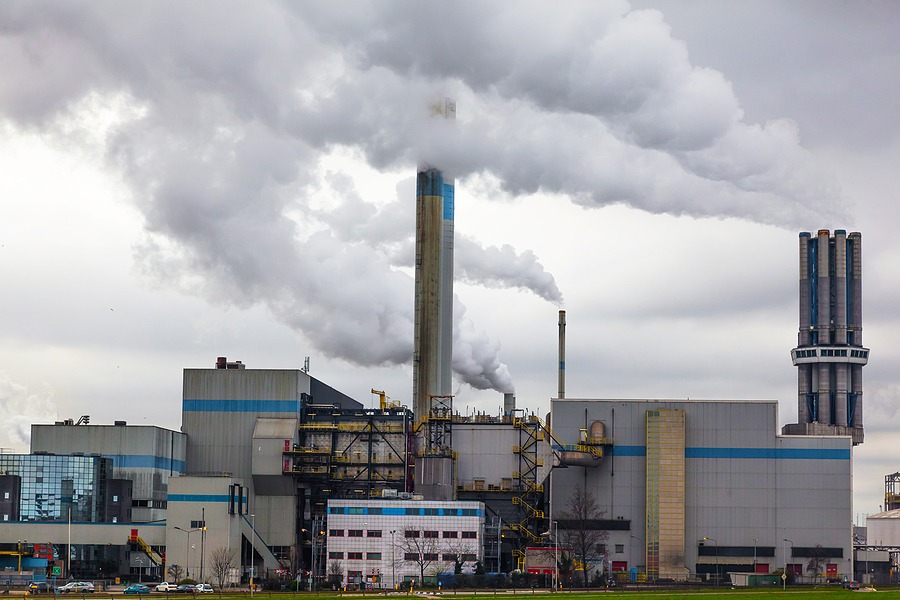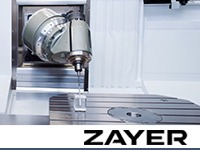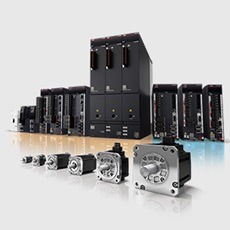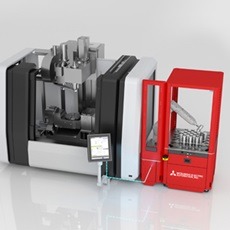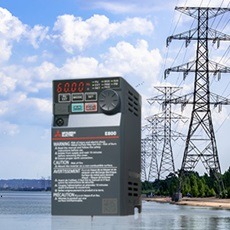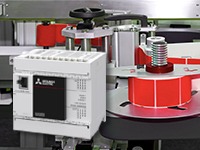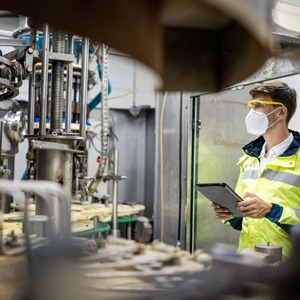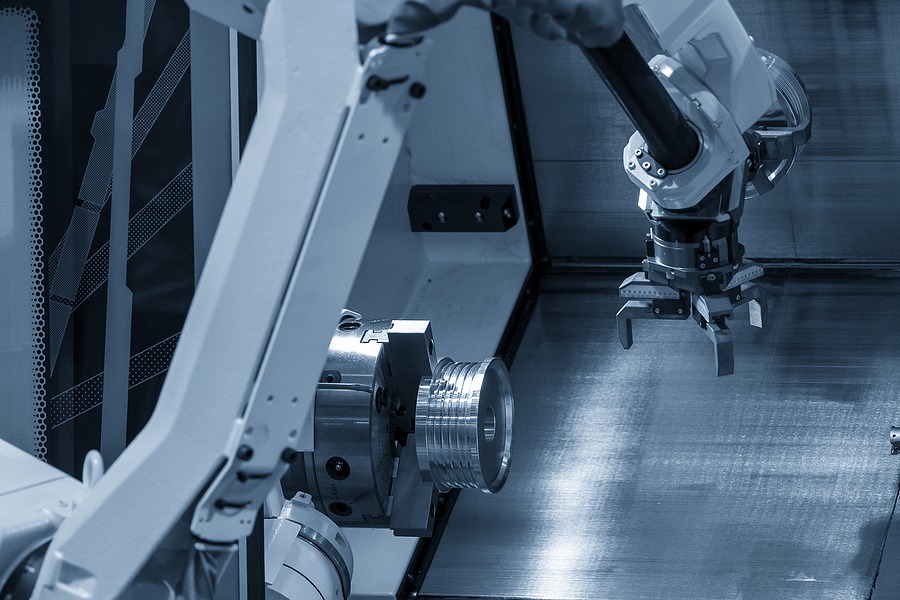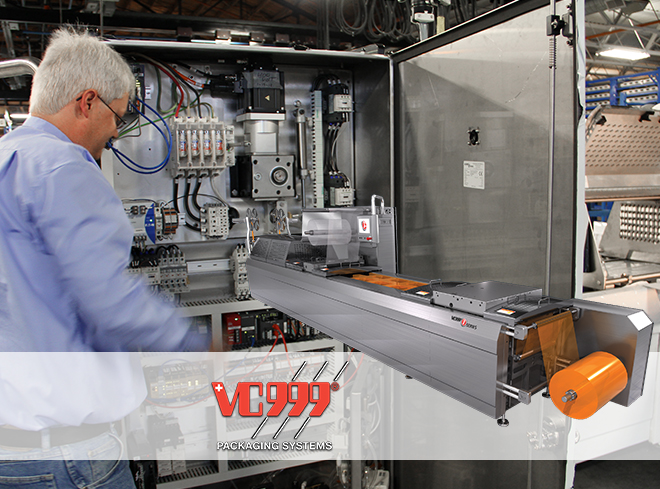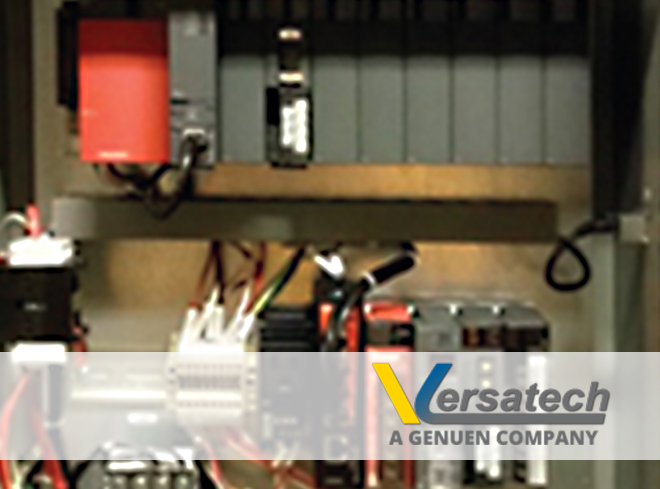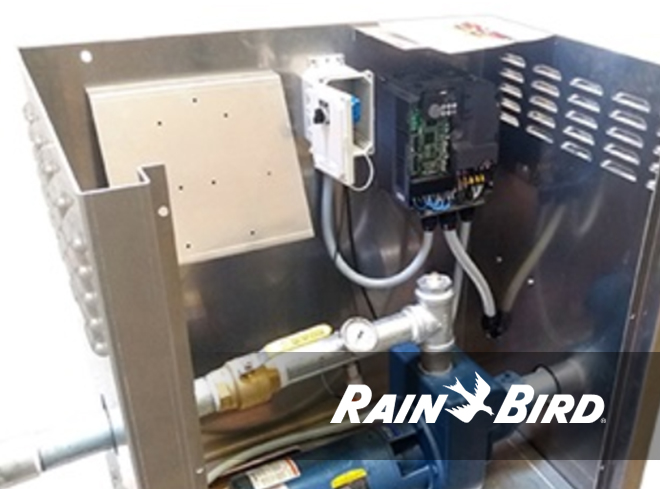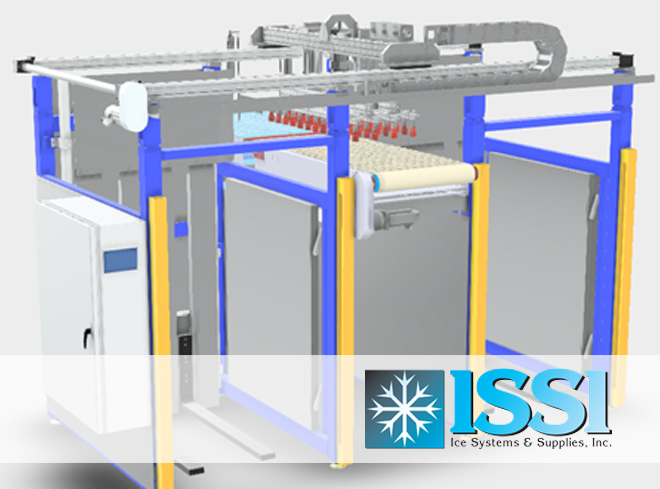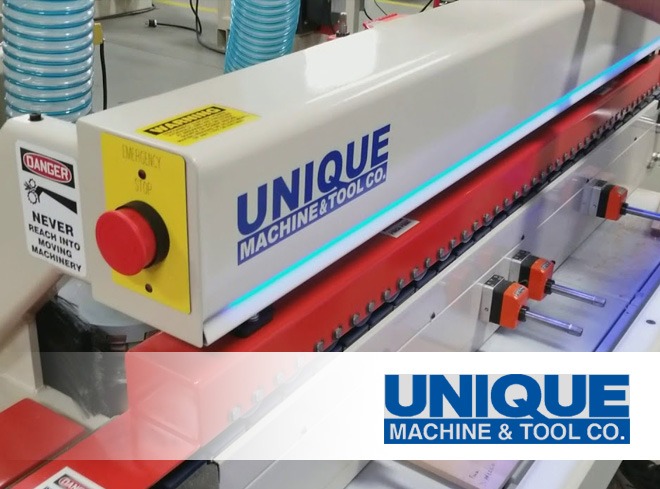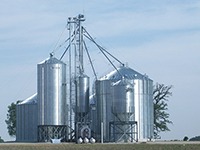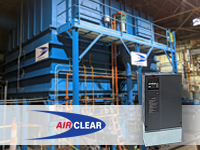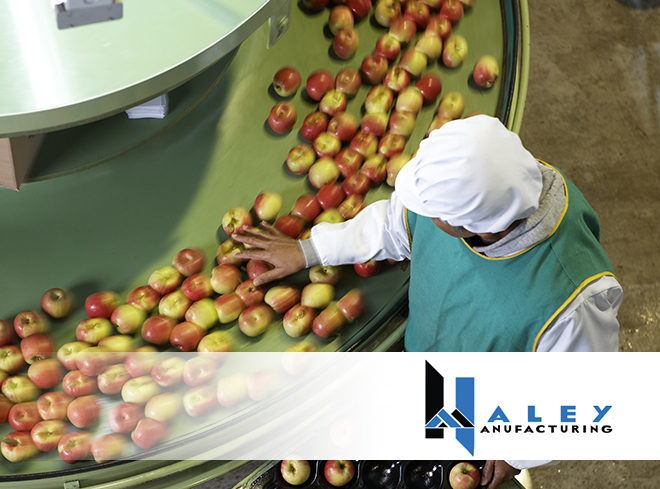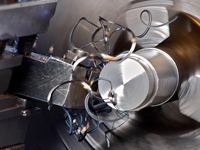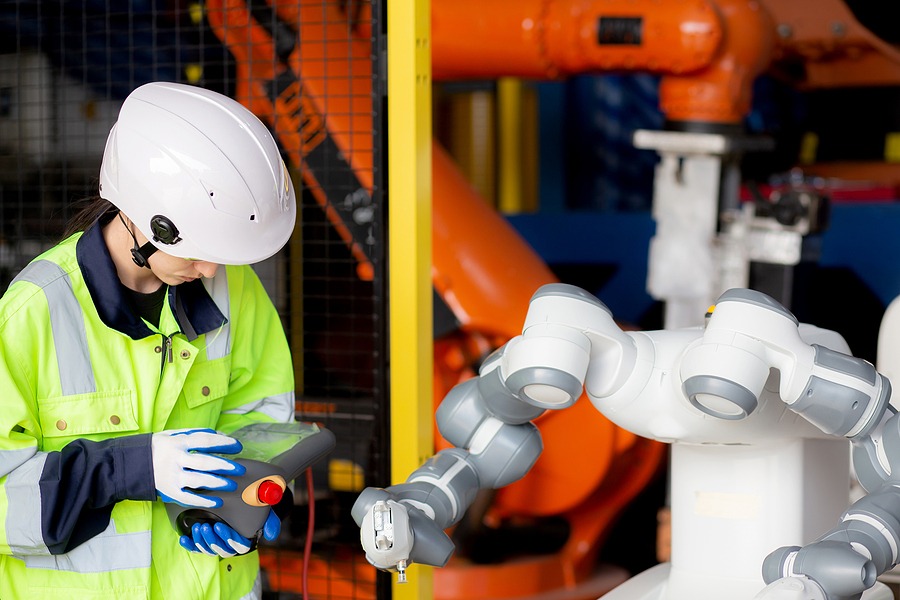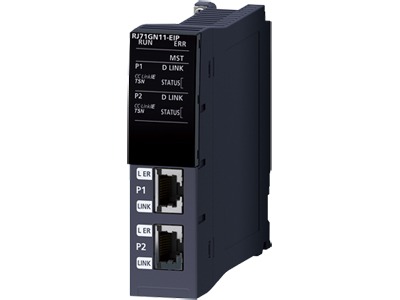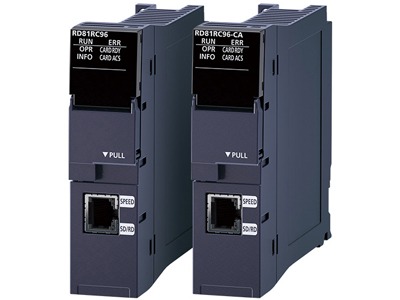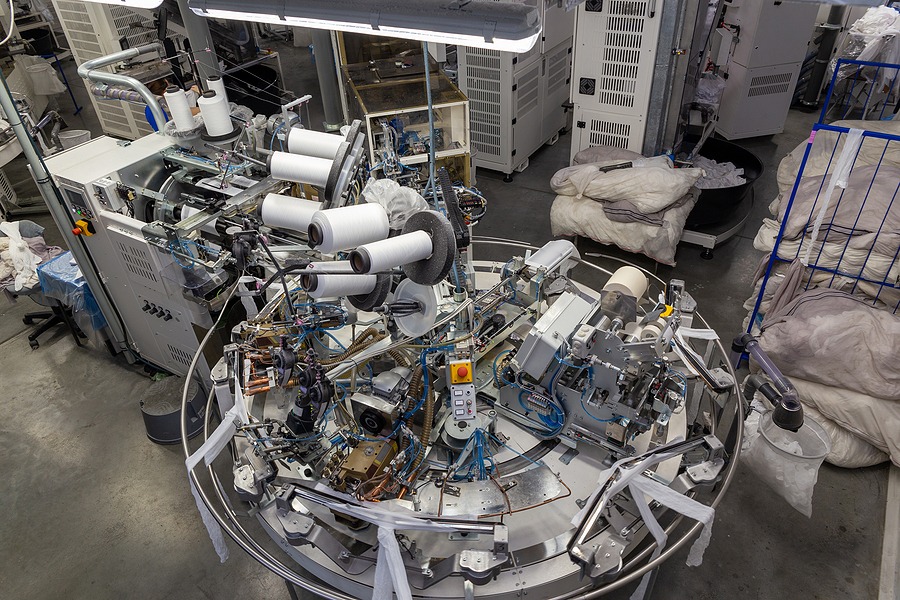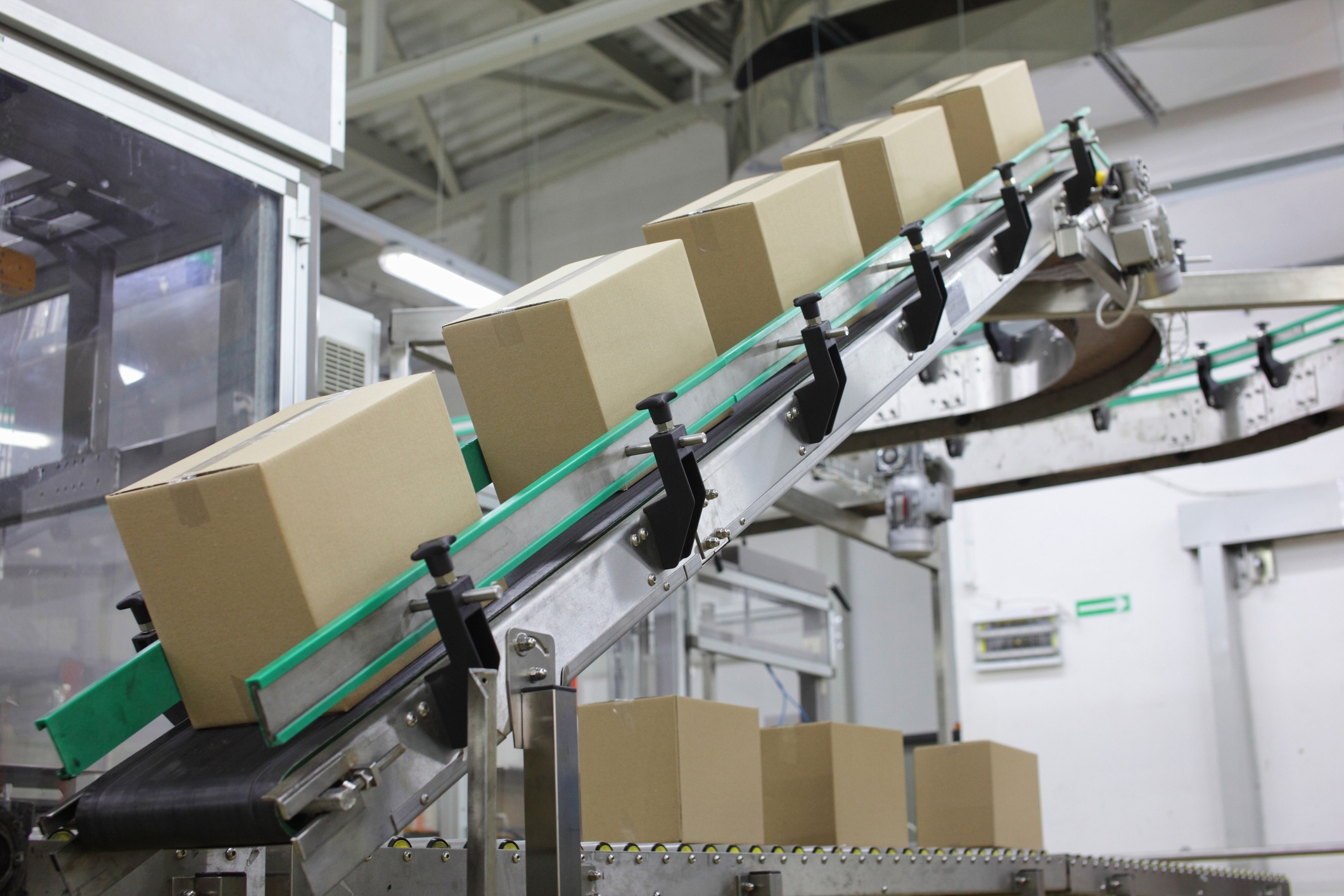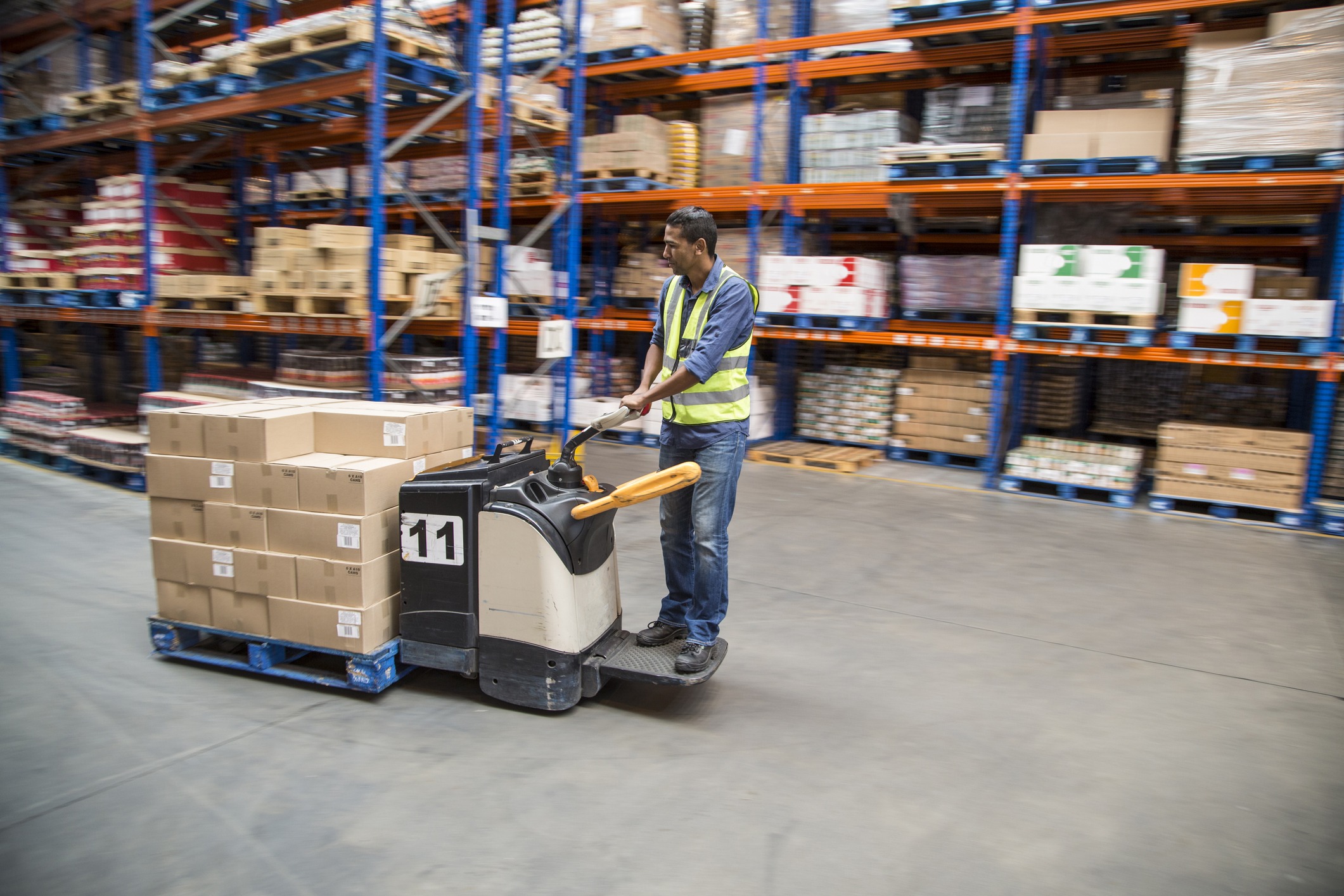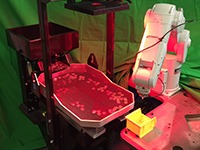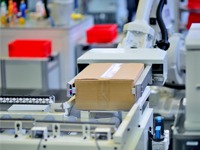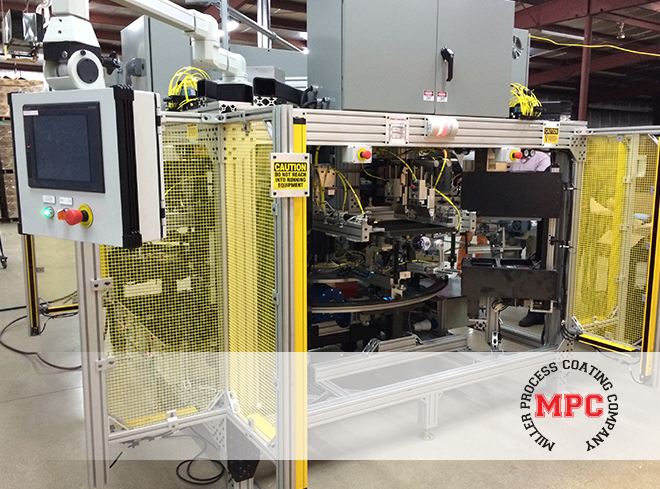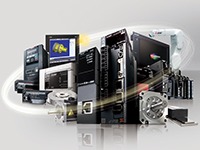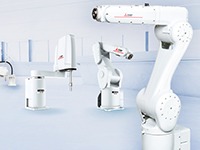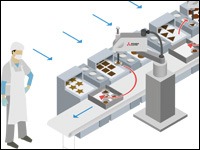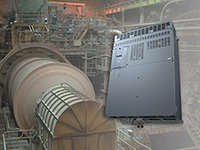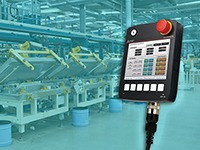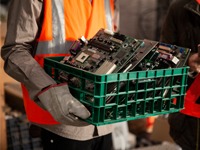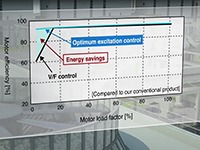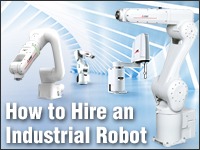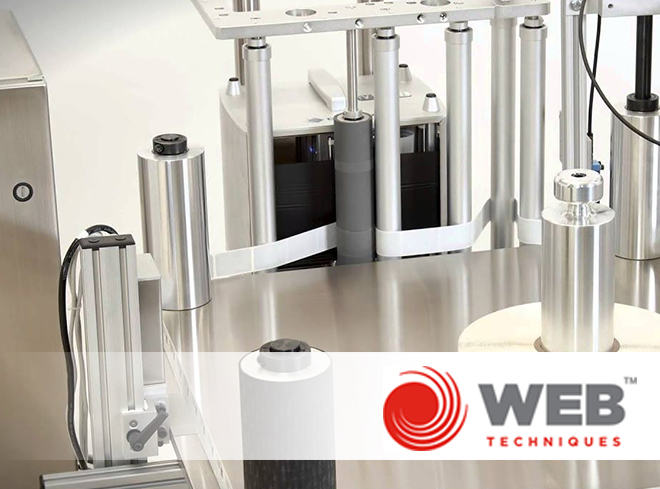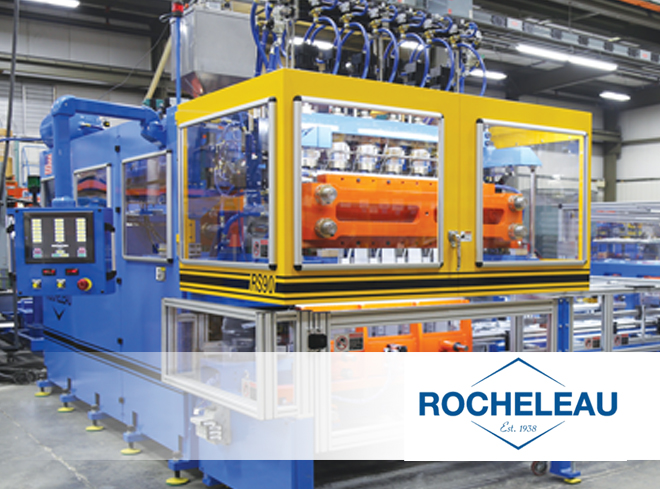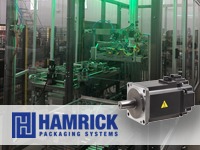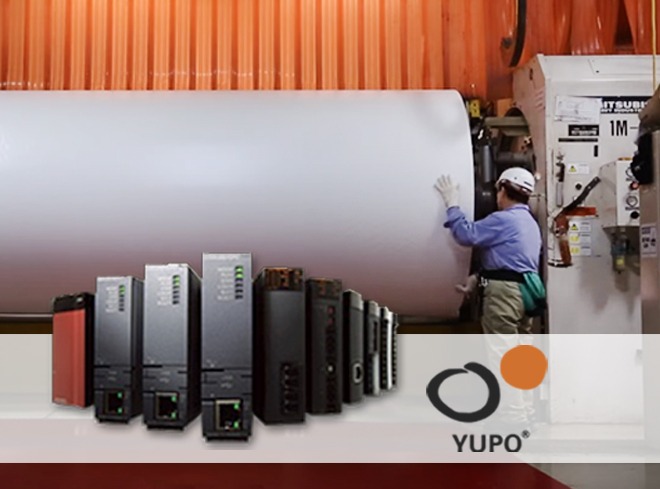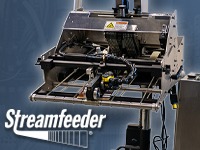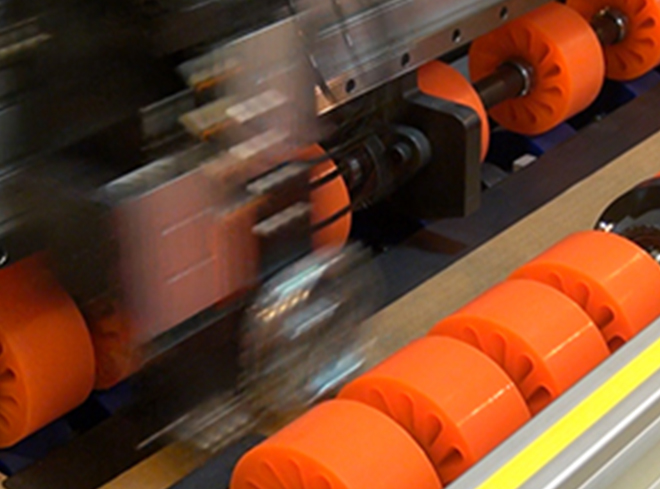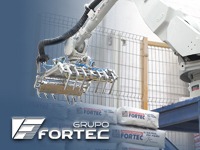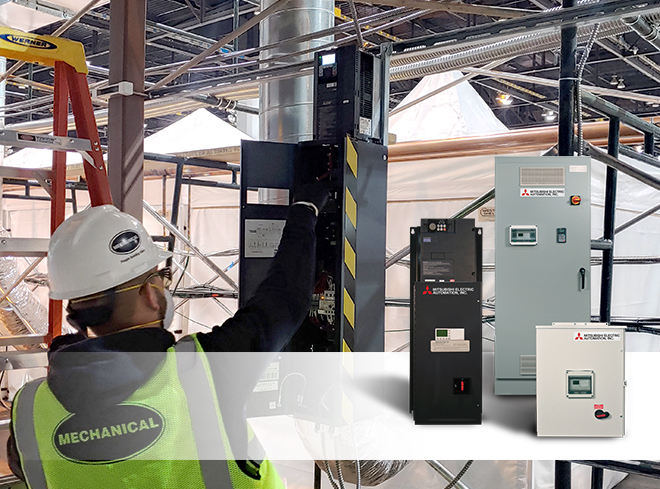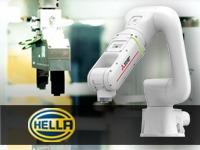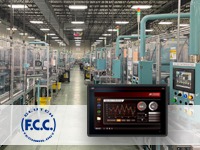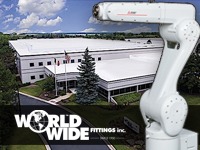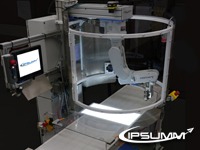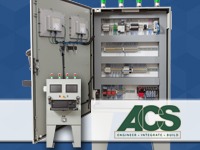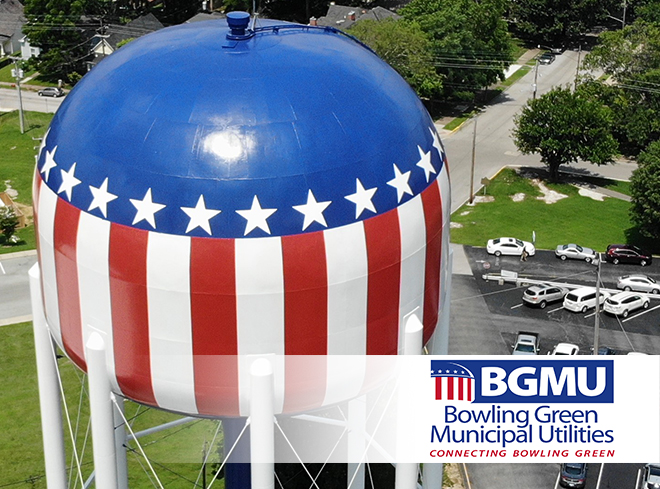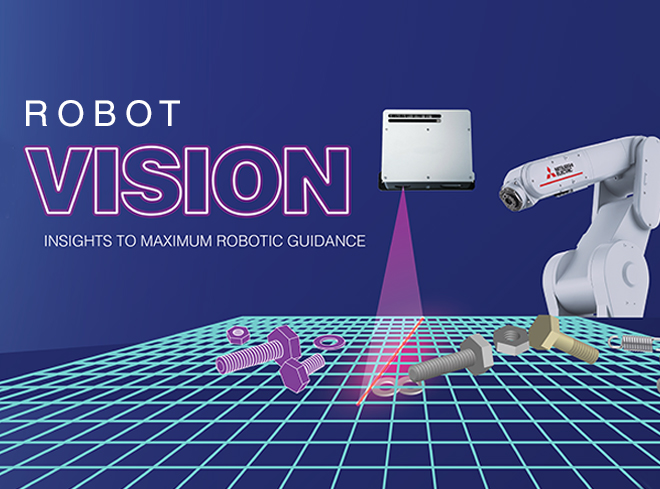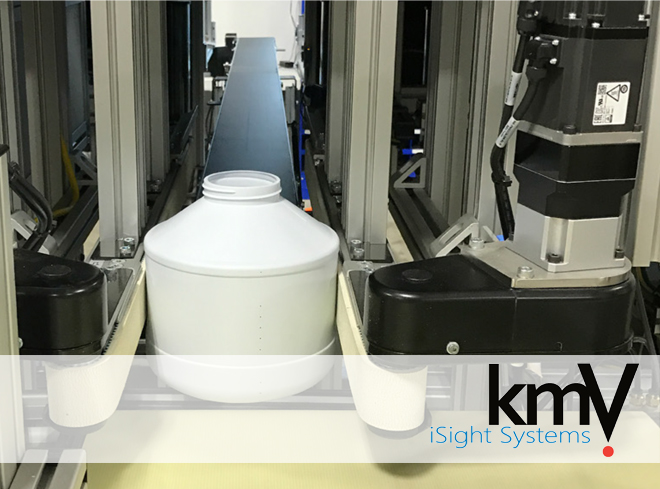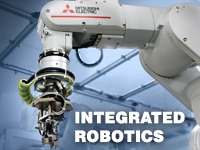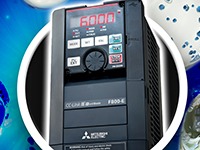
VFDs are used in water treatment plants because of their cost-saving benefits, but today’s VFDs can do more, such as resolving clogged pumps.
Today’s VFDs Can Conquer Clogs and Lower Costs
Get more out of your VFD with advanced technologies
Clogged pumps aren’t only an inconvenience — they can be a serious threat to a municipality’s entire water system. Wastewater treatment plants have a critical responsibility to keep systems running at optimal performance to efficiently process that wastewater.
Technology can help. The wastewater treatment process is made up of several stages, from mechanical and biological treatment to chlorination and filtration. Modern treatment plants have used variable frequency drives (VFDs) to control pumps across every stage, thanks to their long-recognized benefits.
Because VFDs can vary the speed (or frequency) of those pump motors as needed and don’t have to run consistently at top speed, wastewater treatment plants can save big on energy costs. VFDs also help extend motor life and ease motor startup to minimize damage over time.
Improved energy efficiency and longer equipment life can mean greater productivity, which in turn can result in a healthier bottom line and more satisfied residents.
All convincing reasons to use VFDs in your wastewater treatment plant. But wait – you might be missing out on additional benefits you hadn’t even considered.
Today’s VFDs leverage advanced technologies that offer a whole new palette of capabilities and benefits, including automatically resolving clogged pumps. The latest VFDs are smarter, smaller, easier to manage and install, and deliver higher performance for even greater efficiency and return on investment.
Tackling the toughest challenges in wastewater treatment
Clogged pumps are a growing problem, for a couple of reasons.
Nonwoven Industry’s online magazine reported that 90% of flushed materials were never intended for wastewater treatment systems. The proliferation of “flushable” wipes over the last few years has only made the problem worse, wreaking havoc on sewage and plumbing systems across the world. A 2020 report by the National Association of Clean Water Agencies (NACWA) reported that North American businesses and households spent an estimated $2.5 billion on personal wipes in 2019 — while a very small percentage of those wipes are truly flushable.
Because most wipes (and many other items) don’t break down in sewage and wastewater treatment plants, NACWA estimates that they cause approximately $441 million annually in additional operating costs at U.S. treatment plants. That averages out to about $30,467 in extra costs per plant per year.
As if that problem weren’t bad enough, enter COVID in 2020. National toilet paper shortages had customers turning to baby wipes and other personal hygiene wipes. The use of disinfectant wipes skyrocketed as people focused on sanitizing home surfaces and doorknobs. People suddenly had to use — and eventually dispose of — paper face masks and rubber gloves. And much of this waste went down the toilet or into city storm drains.
A news story in a local Connecticut publication served up a memorable example of the issue:
All of these unflushable wipes and other detritus are clogging pipes and pumps at wastewater treatment plants. When pumps get clogged and aren’t shut down in a timely manner, they can get overloaded and damage the motors inside. Even when a pump is shut down immediately, it can take hours for plant technicians to remove the clog and get the system up and running again. That’s time and money wasted (not to mention a dirty job). Besides the manual labor costs, chronic clogging can cause excessive wear on pumps and lead to premature equipment failure and repair or replacement costs.
When even a moderate-sized municipal wastewater treatment plant is responsible for processing millions of gallons of water a day, any amount of downtime can cause serious problems, from lasting equipment damage to shutting down entire sewer systems to a backwash of untreated wastewater flowing into rivers and streams.
Anti-clogging capabilities can be a game changer
As the potential for clogged pumps continues to grow, today’s advanced VFDs are coming to the rescue with built-in capabilities that some treatment plants might not be aware of. Many VFDs have automated pump cleaning, or anti-clogging, features — which can help boost plant performance to a whole new level.
A VFD with anti-clogging capabilities allows technicians to pre-set load limits for the drive and determine when the VFD should begin anti-clogging operations. When the drive detects that the pump motor is overloading to the configured limit, it will kick into a cycling sequence that moves the pump impellers forward and backward at designated speeds to clear the items that are clogging the pump. Once the VFD detects that the pump is clear, it will go back into normal operation mode.
The anti-clogging operations happen automatically, without any intervention by technicians beyond the initial presets. By leveraging a SCADA system or PLC interface, however, technicians can monitor the pumps and stay aware of any anti-clogging instances, when the feature was activated, how many times, and so on.
By automating anti-clogging efforts through their VFDs, treatment plants can save significant time and money that was traditionally spent on manually cleaning out clogged pumps. They also greatly reduce system downtime and free technicians up for more critical tasks.
Automatic pump cleaning gets real results
Recently, a municipal wastewater treatment plant in the southern United States deployed advanced Mitsubishi Electric VFDs in its system that serves a metropolitan area of about 150,000 people and treats 20 million gallons per day.
Technicians had struggled with clogged pumps, primarily due to wipes, shop towels, regular towels, feminine hygiene products, and other unflushable items. To clear those clogs, a worker had to open the pump access plate and manually clean out the blockage by hand. For some pumps, clearing the blockage required technicians to remove the back suction part of the pump. The plant experienced about two clogs a week and each clog took several hours to resolve.
After installing the VFDs with anti-clog capabilities, plant managers were thrilled with the results. The plant went from manually cleaning out pump clogs twice a week to zero clogs in three months — a huge boost in productivity and uptime that required no additional manpower.
Be sure you’re making the most of your VFDs
Don’t let clogged pumps shut down critical water infrastructure. By taking advantage of today’s advanced VFD features, you can significantly reduce the unplanned downtime, costs, manual labor, and potential risk of serious public health issues that can occur when pumps get clogged. With built-in, automated pump-cleaning capabilities, your VFDs can help ensure a safe, clean water supply.
Automation Solutions Ingredients
Learn more about Mitsubishi Electric’s high-performance drive solutions for water and wastewater applications.
Work with Us and Succeed
We love our customers and the challenges they bring to us. We also like to let our customers shine by discussing how we worked together to solve their biggest challenges. If you have a challenge that needs to be solved and would like to be our next BIG success story, reach out to us and let’s connect!

